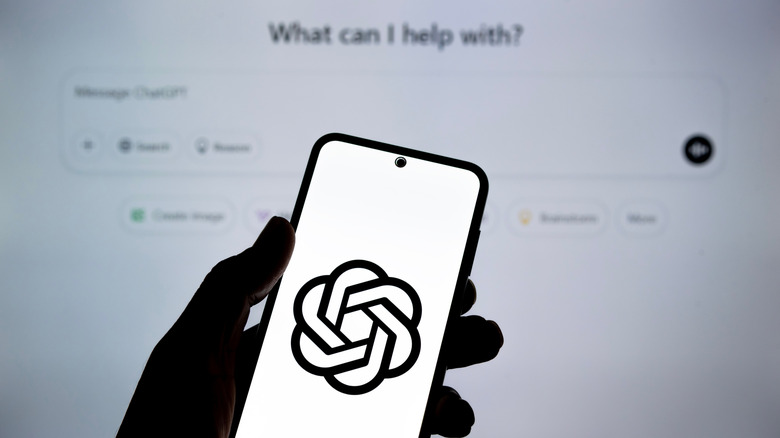This Was One Of ChatGPT's Best Paid Features (And Now It's Free)
Since its debut in 2020, ChatGPT has become many things to many people: a research assistant, a code debugger, an idea machine, and even a passable poet on a good day. However, for most of that time, the real perks were behind the paywall of paid ChatGPT tiers, including faster response times, unlimited image generation, and early access to experimental features. In short, if you wanted the premium functions, you had to cough up $20 a month.
But the lines between "free" and "paid" have been blurring lately. Features that were once locked behind premium tiers — custom instructions, file uploads, and even GPT-5 (with limits) — have all trickled down to the free crowd. And now, another major exclusive is following suit.
It's called Projects, and it's the ultimate organizational tool if you use ChatGPT for a long-term project. Instead of juggling a hundred separate threads, Projects let you bundle related chats, files, and custom instructions into one workspace. You can even add existing conversations to a project, which means no more digging through endless tabs just to pick up where you left off.
How to use ChatGPT Projects
Projects shine when you're working on context-heavy, long-term ideas. Say you're coding an app where you want your debugging notes and test prompts in one place. Or writing a novel with chapter drafts, outlines, and citations attached for reference. Even lighter tasks benefit, like planning a podcast or organizing content for a newsletter.
Each project can carry its own instructions for tone, formatting, or approach. Unlike global settings, these apply only inside that project, keeping your contexts cleanly separated. Projects also accept file uploads: five on Free, 25 on Plus, up to 40 on Pro, Business, or Enterprise. Once uploaded, files can be referenced directly in your chats, whether that's pulling specific quotes from a document or generating a table/chart from the data inside. Projects also integrate with other built-in tools like Canvas, Image Generation, and Study Mode, so you have a whole ecosystem at your disposal.
When you create a new project, you can choose between default memory — which shares context with your broader ChatGPT activity — or the narrower, more streamlined project-only memory. If you've already begun work on a long-term project before this feature dropped, you don't have to start over. You can move existing conversations into a project, either by dragging and dropping them into the folder or using the three-dot menu to "Add to project." Keep in mind that chats will inherit the project's instructions and context after they are moved. To keep things organized, you can assign custom colors and icons to each project. And all of this works seamlessly across both web and mobile, so you can pick up where you left off on any device.
Caveats and limitations
Projects are an incredibly useful tool, but there are important boundaries to be aware of. In project-only memory, for example, you don't get a list of saved memories in ChatGPT like you do with default memory, so there is no granular delete option. If you want the model to stop pulling from a file or conversation, you must either remove that item from the project or delete it entirely.
Access also depends on your plan. Enterprise users only get project-only memory if their workspace has Memory enabled and they've turned on personal memory. Free, Plus, and Pro users can use it too, but only if "Reference saved memories" and "Reference chat history" are enabled in their settings.
Another thing that differs by subscription type is data handling. If you're on an Edu, Business, or Enterprise plan, data from your Project is not used for training OpenAI's models. By contrast, data from Free, Plus, and Pro accounts can be used for training if the "Improve the model for everyone" setting is enabled. However, you can turn that off in Settings — go to your profile > Settings > Data Control and toggle the option off.


